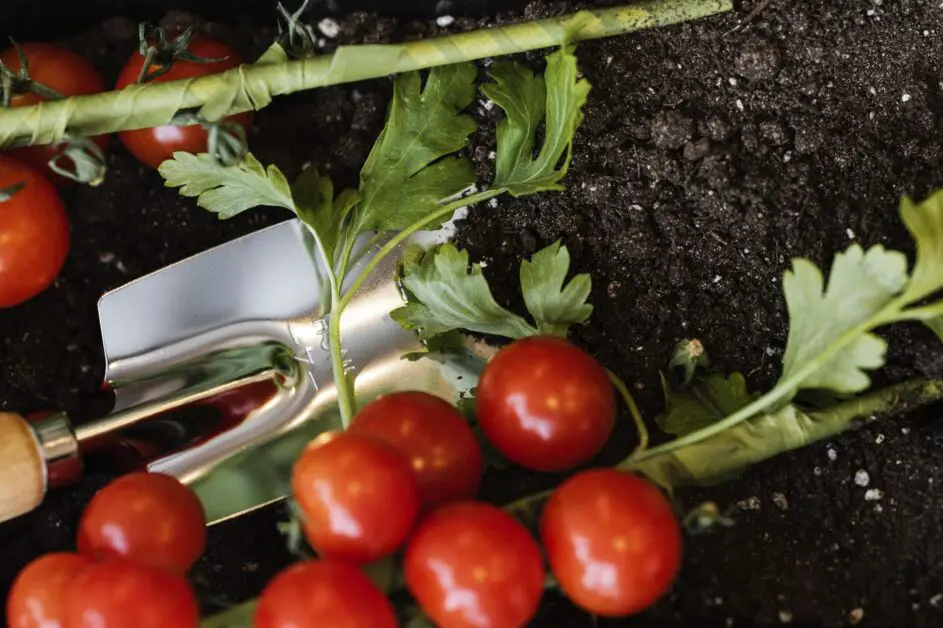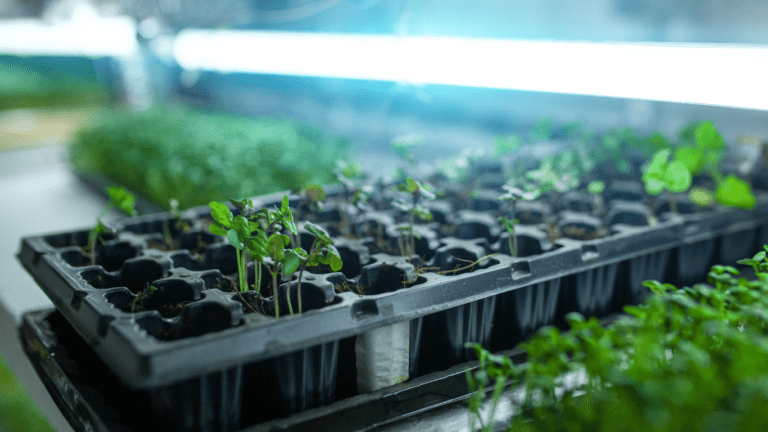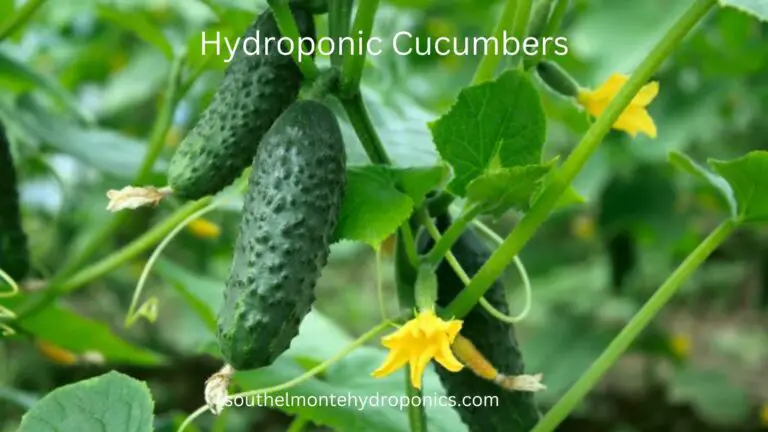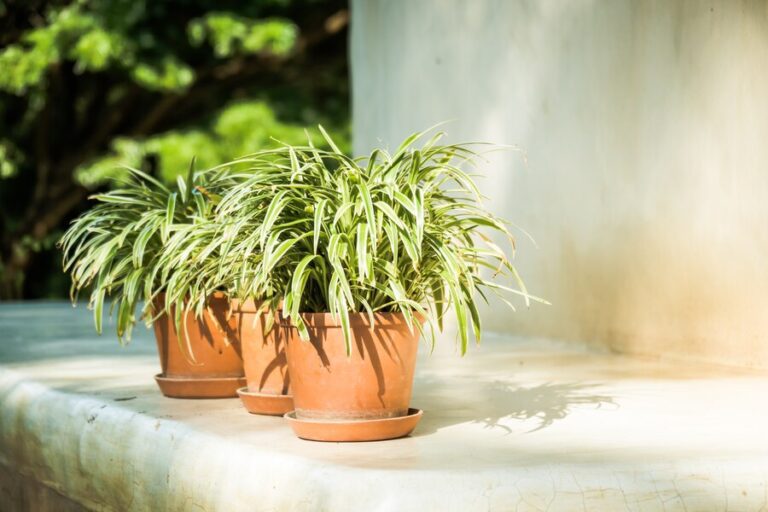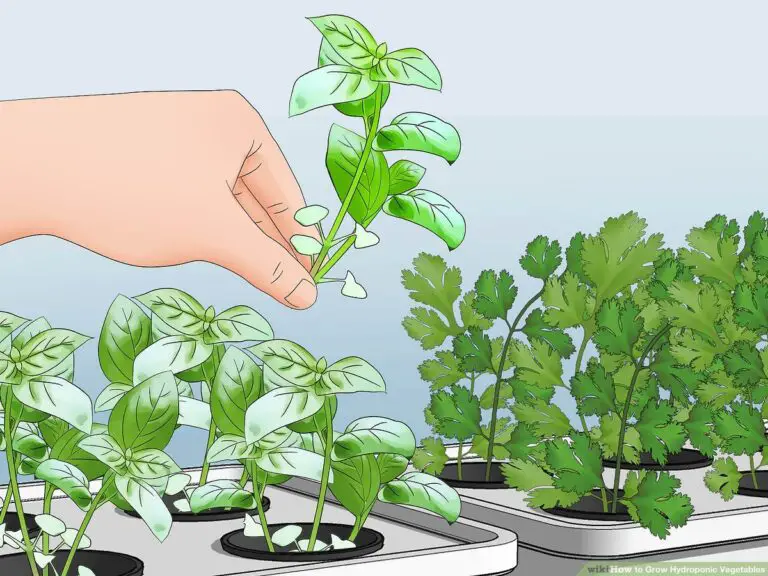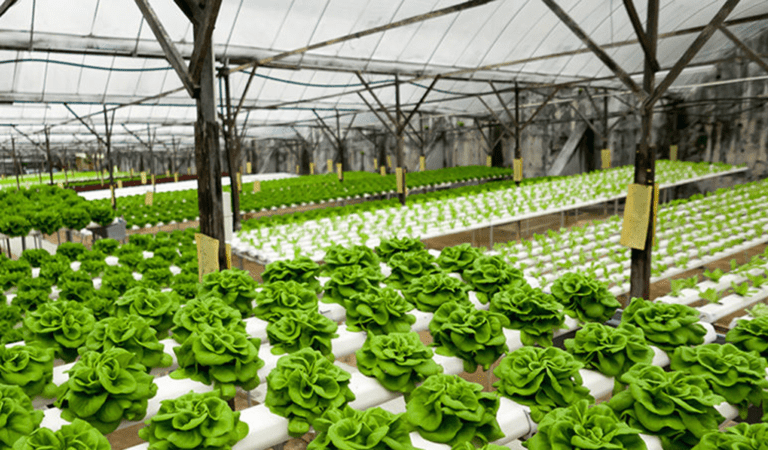Hydroponic Tomatoes: How to Grow Delicious and Juicy No. 1 Tomatoes in Water
Table of Contents: Hydroponic Tomatoes
Watering and Nutrient Delivery: Exploring different methods of delivering water and nutrients to Hydroponic Tomatoes plants.
Hydroponic tomato plants require a precise and efficient method of delivering water and nutrients to ensure optimal growth and productivity. Various techniques can be employed to achieve this goal. One popular method is drip irrigation, where water and nutrient solutions are delivered through a network of tubes and emitters directly to the plants’ root systems. This approach allows for controlled and targeted delivery, minimizing the risk of over or under-watering and ensuring that nutrients are efficiently absorbed by the plants.
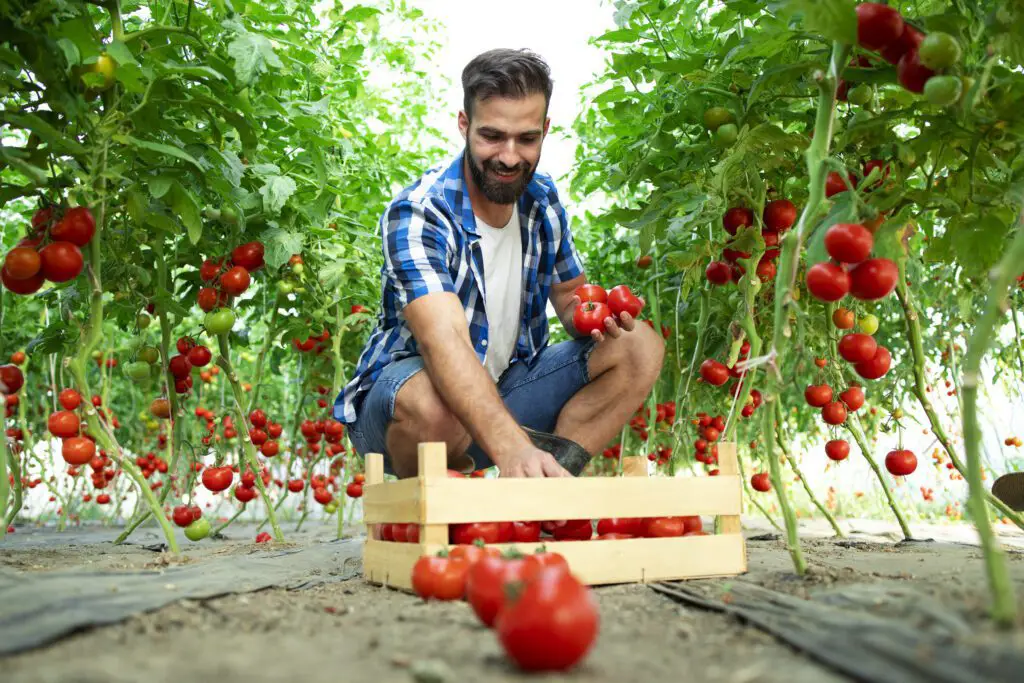
Another method worth considering is the nutrient film technique (NFT), which involves circulating a thin film of nutrient-rich water over the plant roots. This continuous flow of nutrients provides a consistent supply to the plants, promoting healthy growth and development. NFT systems are known for their water and nutrient efficiency, as well as their ability to maintain oxygen levels around the root zone. However, it is crucial to carefully monitor the pH and nutrient concentrations in the circulating solution to prevent imbalances or deficiencies that could harm the plants’ health. Moreover, a combination of these methods, coupled with regular monitoring and adjustments, can further enhance water and nutrient delivery, ultimately leading to healthier and more productive hydroponic tomato plants.
Temperature and Humidity Control: Maintaining ideal temperature and humidity levels to promote healthy growth and fruit production: Hydroponic Tomatoes
Maintaining the ideal temperature and humidity levels is crucial when it comes to cultivating hydroponic tomato plants. These factors directly impact the plant’s growth and fruit production. Generally, tomato plants thrive in temperatures between 60 and 85 degrees Fahrenheit, with a preferred range of 70 to 75 degrees Fahrenheit. Consistency is key, as fluctuations in temperature can stress the plants and hinder their progress.
In terms of humidity, tomato plants prefer a relative humidity level of around 60 to 70 percent during the day and slightly lower at night. This provides optimal conditions for transpiration, the process by which plants absorb water and nutrients through their roots and release moisture through their leaves. It’s essential to maintain adequate humidity levels to prevent the plants from losing excessive moisture and experiencing stress. A well-ventilated growing environment, coupled with proper air circulation, can help regulate humidity levels and ensure healthy growth and fruit development.
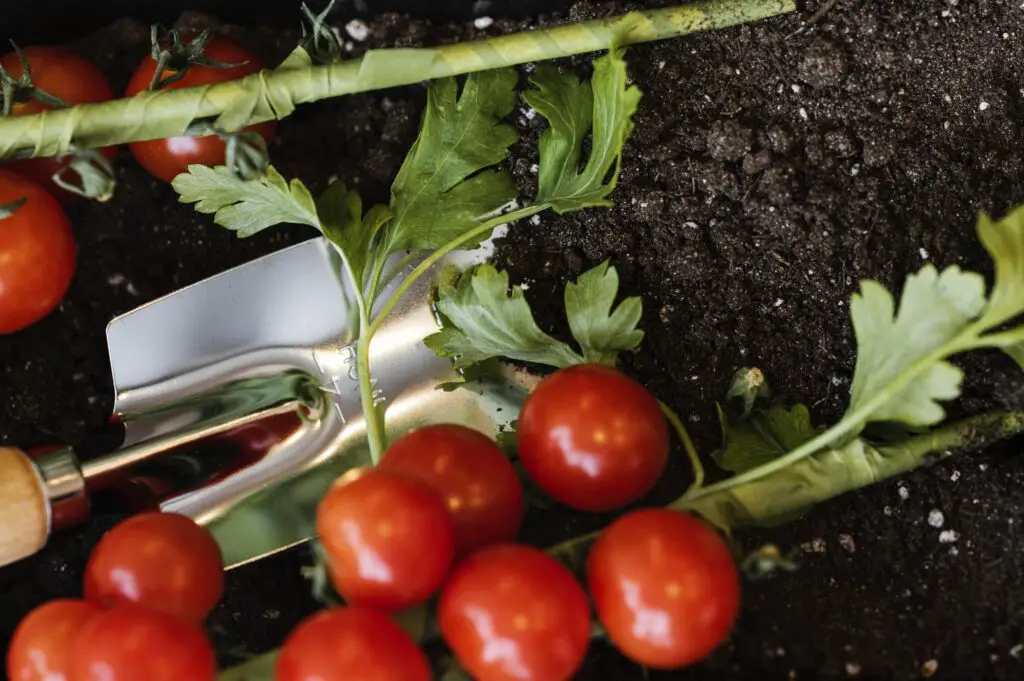
As you strive to maintain the ideal temperature and humidity range, remember that different stages of the plant’s growth may have distinct requirements. For instance, during seed germination, a slightly higher temperature—around 75 to 80 degrees Fahrenheit—may be beneficial to promote germination. However, once the plants develop and start producing flowers and fruits, cooler temperatures within the ideal range are more favorable for their development.
Achieving the perfect balance between temperature and humidity in your hydroponic tomato setup is crucial for ensuring the overall health and productivity of your plants. By closely monitoring and regulating these environmental factors, you can create an optimal growing environment that supports vigorous growth and bountiful fruit production.
Pruning and Training Techniques: Learning how to prune and train hydroponic Tomatoes plants for maximum yield and airflow.
Pruning and training techniques play a crucial role in optimizing the yield and promoting airflow for hydroponic tomato plants. By implementing proper pruning methods, gardeners can remove unnecessary foliage and redirect the plant’s energy towards fruit production. One common technique is known as “suckering,” which involves removing the suckers that grow in the leaf axils of tomato plants. These suckers not only compete for nutrients but also create dense foliage, hindering airflow and increasing the likelihood of pest and disease issues.
Here’s the video tutorial you were looking for:
In addition to pruning, training hydroponic tomato plants is essential for maximizing yield and maintaining a well-ventilated growing environment. One popular training method is the use of trellising or staking systems. By securing the main stem and primary branches to a support structure, gardeners can prevent the plants from sprawling and increase vertical space utilization. This technique not only enhances airflow around the plant but also facilitates easier maintenance and harvesting. Other training methods, such as using tomato cages or string supports, can also be effective in providing the necessary support and promoting proper growth in hydroponic tomato plants.
Here’s a table outlining key aspects of hydroponic tomato cultivation:
| Aspect | Description |
|---|---|
| Tomato Variety | Choose Suitable Varieties: Select hydroponic Tomatoes-friendly tomato varieties such as beefsteak, cherry, or plum tomatoes. |
| Hydroponic System | System Type: Common systems include nutrient film technique (NFT), deep water culture (DWC), and Dutch bucket systems. |
| Growing Medium | Hydroponic Medium: Use inert mediums like coconut coir, perlite, or hydroponic rockwool to provide support and aeration. |
| Nutrient Solution | Formulate Nutrient Solution: Develop a nutrient solution rich in essential macro and micronutrients for robust tomato growth. |
| pH Range | Optimal pH: Maintain pH levels between 5.8 and 6.5 to ensure optimal nutrient absorption for tomato plants. |
| Temperature and Humidity | Temperature Range: Tomatoes thrive in temperatures between 70-85°F (21-29°C). Maintain appropriate humidity levels (around 60-80%). |
| Lighting Requirements | Lighting Duration: Provide 12-16 hours of light per day. Supplemental lighting may be necessary in low-light conditions. |
| Plant Spacing and Support | Spacing Guidelines: Follow recommended spacing based on the tomato variety. Provide adequate support for vines using trellises or stakes. |
| Pruning and Training | Pruning Techniques: Implement pruning to manage plant size and encourage airflow. Train vines for optimal light exposure and fruit production. |
| Flowering and Pollination | Optimize Flowering: Ensure proper pollination by gently shaking plants or using a small fan. Consider bumblebee pollination in enclosed systems. |
| Fruit Set and Development | Support Growing Fruits: Provide additional support as tomatoes develop to prevent stress on branches and ensure even fruit development. |
| Watering Technique | Watering Schedule: Implement a consistent watering schedule to maintain optimal moisture levels, avoiding both overwatering and underwatering. |
| Nutrient Adjustments | Monitor Nutrient Levels: Regularly check nutrient levels and adjust the solution according to the growth stage of the tomatoes. |
| Pest and Disease Management | Integrated Pest Management (IPM): Implement IPM strategies to manage pests and diseases. Hydroponic systems may reduce some issues but remain vigilant. |
| Harvesting | Harvest at Maturity: Harvest tomatoes when they reach full color and size. Hydroponically grown tomatoes may mature earlier than those in soil. |
| Varietal-Specific Tips | Research Variety Traits: Different tomato varieties may have specific growth habits. Research and tailor your hydroponic system accordingly. |
| Continuous Cropping | Successive Planting: Plan for continuous cropping by starting new plants as others mature, maintaining a consistent harvest. |
| Post-Harvest Care | Prune After Harvest: Remove spent or excess growth after harvesting to redirect energy for new fruit development. |
Hydroponic tomato cultivation allows for precise control over environmental conditions, promoting vigorous growth and high-quality fruit production. Adapt practices based on the specific needs of the chosen tomato variety and the hydroponic system in use.
Pest and Disease Management: Identifying common pests and diseases: Hydroponic Tomatoes
One of the key challenges in hydroponic tomato cultivation is managing pests and diseases. These can quickly derail the growth and development of your plants if not detected and controlled promptly. It’s important to be vigilant and proactive in identifying and addressing common pests and diseases that can affect hydroponic tomato plants.
Some of the common pests that target hydroponic tomatoes include aphids, whiteflies, and spider mites. These tiny insects can infest your plants, sucking sap and causing damage to the leaves and fruits. Additionally, diseases such as powdery mildew and bacterial spot can also pose a threat to your crop’s health. Powdery mildew appears as a fuzzy white coating on leaves, stems, and fruits, while bacterial spot causes dark spots or lesions on the foliage and fruits.
To effectively manage pests and diseases in your hydroponic tomato garden, it is important to regularly inspect your plants for any signs of infestation or infection. Early detection can help prevent the spread and minimize the damage caused. Integrated Pest Management (IPM) techniques are highly recommended, which combine cultural, mechanical, and biological control methods with the judicious use of pesticides if necessary. It is crucial to follow proper hygiene practices, maintain a clean growing environment, and choose disease-resistant tomato varieties to minimize the risk of pests and diseases affecting your hydroponic Tomatoes crop.
Do you want to learn more about pest and disease management in hydroponic tomatoes? Go ahead with this video!
What are some common pests that can affect hydroponic Tomatoes plants?
Some common pests that can affect hydroponic tomato plants include aphids, whiteflies, spider mites, and thrips.
How can I identify aphids on my hydroponic Tomatoes plants?
Aphids are small, soft-bodied insects that are usually green or yellow in color. They can often be found clustered on the undersides of leaves or along the stems of plants.
What are the signs of a spider mite infestation on hydroponic Tomatoes plants?
Spider mites are tiny pests that often appear as small dots on the leaves of plants. They can cause yellowing, stippling, and webbing on the leaves.
How can I control whiteflies on my hydroponic tomato plants?
Some methods to control whiteflies include introducing beneficial insects like ladybugs or using insecticidal soaps or oils. Sticky traps can also be used to monitor and capture adult whiteflies.
What are some common diseases that can affect hydroponic tomato plants?
Common diseases that can affect hydroponic tomato plants include fungal diseases like powdery mildew and diseases caused by bacteria, such as bacterial spot and bacterial wilt.
How can I prevent powdery mildew on my hydroponic tomato plants?
To prevent powdery mildew, ensure proper air circulation and ventilation in the growing area. Avoid overhead watering and keep the foliage dry. Applying fungicides specifically formulated for powdery mildew control can also help.
What are the symptoms of bacterial spot on hydroponic tomato plants?
Symptoms of bacterial spot include small, water-soaked lesions on the leaves, which eventually turn dark and develop a yellow halo.
How can I manage bacterial wilt in hydroponic tomato plants?
Managing bacterial wilt involves removing and destroying infected plants to prevent the spread of the bacteria. Crop rotation and maintaining a clean growing environment are also important preventive measures.
What pruning techniques can I use to maximize yield in hydroponic tomato plants?
Pruning techniques such as removing suckers and maintaining a single stem can help maximize yield in hydroponic tomato plants. Regularly removing excess foliage can also improve airflow and reduce the risk of disease.
How can I train hydroponic tomato plants for maximum airflow?
Training hydroponic tomato plants involves using trellises or stakes to support the plants and encourage vertical growth. This helps create space between plants and improves airflow, reducing the risk of pests and diseases.

Pallavi Gupta is a burgeoning writer at SouthElMonteHydroponics, blending her passion for data analysis with a keen interest in biotechnology. Currently pursuing a Bachelor’s in Biotechnology at Amity University, Pallavi delves into the intricacies of life sciences while gaining hands-on experience in the exciting world of data analysis. Her unique background provides a fresh perspective on hydroponic farming, as she explores the intersection of biotechnology and sustainable agriculture. Through her writing, Pallavi aims to bridge the gap between data-driven insights and innovative farming practices, inspiring others to harness technology for a greener future.

